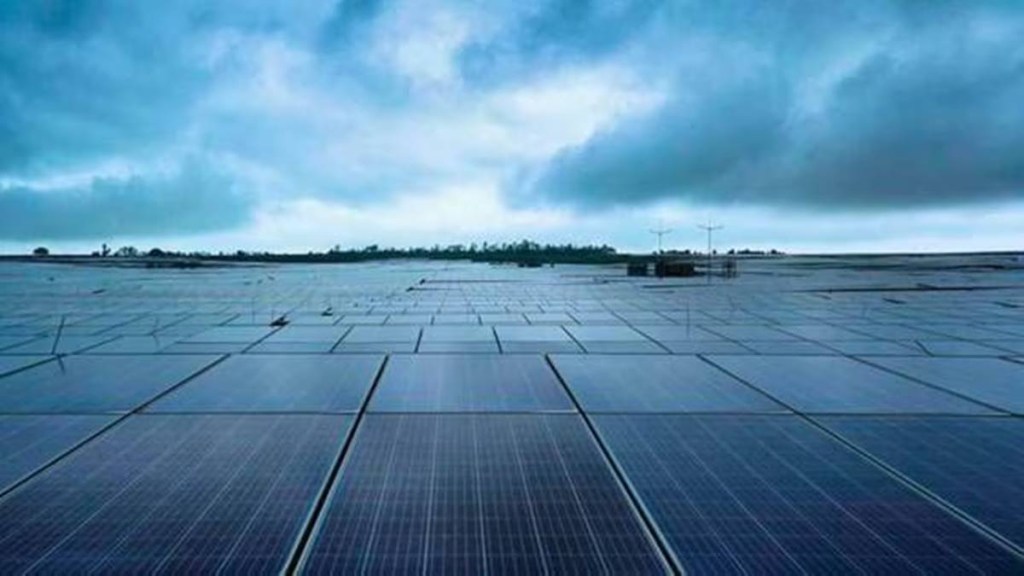Adani Green Energy has taken eight years to go beyond 10 GW capacity in renewable energy. The next 10 GW will, however, take just two years. The Adani Group company, which has an operational capacity of 10.93 GW, is looking to add 6 GW in FY25 and 6-8 GW every year thereafter.
Other renewable energy majors are also on a super-fast track on adding green power capacity. ReNew took 12 years for its first 10 GW. The company plans to double its operational portfolio in the next three years. ReNew last week said it has signed five power purchase agreements (PPAs) totalling 2.2 GW of RE capacity, expanding its fully contracted renewable energy portfolio. “Our focus is now on efficient execution, so that we reach the 20 GW mark by 2027-28,” Sumant Sinha, founder, chairman and CEO, of ReNew said.
Amit Singh, chief executive officer, Adani Green, said the company remains steadfast in its commitment to deliver affordable clean energy at an unprecedented scale and velocity and has set a higher target of 50 GW by 2030, which will contribute towards India’s non-fossil fuel capacity target of 500 GW. The company did greenfield capacity addition of 2.8 GW in FY24, representing 15% of the country’s total renewable energy capacity addition.
On its part, ReNew’s operational capacity is nearly 10 GW and gross portfolio now stands at 15.6 GW. In addition, the company has received letters of award for an additional ~5.8 GW of RE capacity. During FY24, it added 1.94 GW of capacity, among the highest capacity additions in the sector. It had a 10% share of the country’s solar and wind power generation during the financial year.
Another RE major Tata Power has a portfolio of 10 GW, including 4.5 GW of operational and 5.5 GW under various stages of implementation. The company is looking to have a capacity of 15 GW of clean energy by FY27.Praveer Sinha , managing director and CEO at Tata Power, said the industry has added a total of 18 GW in FY24 against 12 GW in FY23. “We will reach the target (the country’s RE target of 500 GW by 2030 ). All players have a significant role to play. It is about sustainability and future of the earth,” Sinha said. A senior consultant at an audit and consulting firm said companies took 10 years to reach 10 GW but will reach the next 10 GW much faster due to increasing funding options such as listing, private equity and so on.
“Larger players have sufficient play for their portfolios. Adani, for instance, wants to do 35-40 GW in the next five years. That is in line with country’s target. That is very much doable,” said a senior consultant at a audit firm who did not want to be quoted. He said if 425 GW is the target, including solar , wind and others for supplying to utilities, another 120 to 130 GW can be directly sold to consumers and industrial and group captive projects. “All this will create additional demand and green hydrogen will create additional demand of 120 to 150 GW,” he said.
However, a recent report by SBICaps said more needs to be done in the renewables space. “A run rate of 50 GW per year renewables addition needed to meet FY30 targets. Pickup is needed beyond current level and the improved awarding is expected to meet requirement,” the report said.

